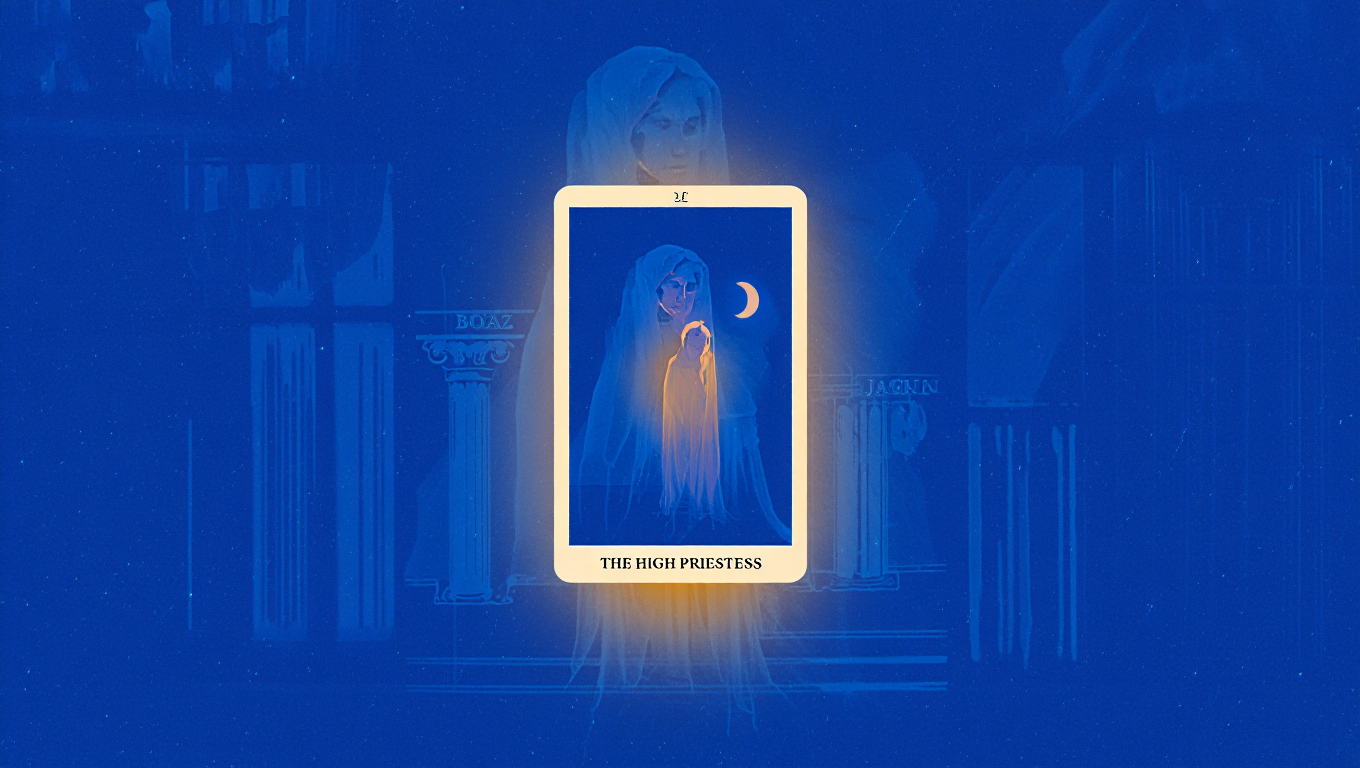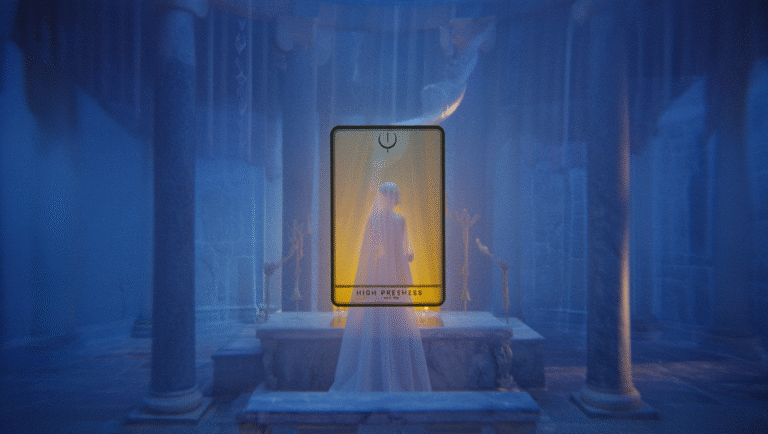Lenormand Cards for Quick Guidance
If you’re looking for a deck that delivers quick, no-nonsense answers, Lenormand cards might just become your new go-to. Unlike tarot, which loves a deep dive, symbolism, and layers of interpretation, Lenormand is refreshingly direct—think of it as your candid friend who doesn’t sugarcoat. Whether you’re a total beginner or tarot-curious, this guide will walk you through what makes Lenormand unique, how to get started, and a few practical spreads you can try today (all in 15 minutes or less!).
Lenormand vs. Tarot: What’s the Real Difference?
If you’ve used tarot before, you might expect every deck to come with 78 cards, Major and Minor Arcana, and all the archetypal drama. Lenormand? Not so much. Here’s how they differ:
- Lenormand decks have 36 cards (that’s right—short and sweet).
- Each card has a simple image (like a ship, a dog, a book) and a clear meaning.
- Interpretation is literal—no mystical layers, just practical advice.
- Spreads are often about daily situations, choices, or “should I/shouldn’t I?” questions.
- Lenormand cards are read in combinations, not one by one as in tarot.
“Tarot is a novel; Lenormand is a tweet.” — That’s how one of my clients described the difference after her first reading, and honestly, she nailed it.
Case Study: When You Need an Answer, Fast
Imagine: You’re debating whether to reach out to an old friend—or if it’s better to let things be. You want a clear nudge, not a philosophical essay. This is where Lenormand shines.
Here’s how I use a 3-card Lenormand spread for “Should I contact them?”:
- Shuffle your deck while focusing on the question.
- Draw three cards, left to right.
- Read the combination for a direct answer.
For example, Letter + Dog + Bouquet might say: “Friendly message leads to a pleasant reconnection.” If you get Scythe + Snake + Clouds: “Risk of miscommunication or drama—think twice.”
How to Use Lenormand for 15-Minute Guidance
1. Choose Your Lenormand Deck
Pick one that’s visually clear and not overly stylized. Here are some top picks:
| Name | Key Feature | Size/Material | Price Range | Amazon Link |
|---|---|---|---|---|
| Blue Owl Lenormand | Classic, easy-to-read symbols | Standard, card stock | $13-20 | See today’s deal |
| Maybe Lenormand | Includes extra cards for nuance | Standard, coated | $15-22 | Check price on Amazon |
| Pixie’s Astounding Lenormand | Whimsical, easy symbols | Small, thick card stock | $16-25 | See today’s deal |
Tip: If you’re a tactile person, check card size and finish—some decks are more slippery than others!
2. Essential Materials for a Quick Reading
- Lenormand deck (see suggestions above)
- A flat, uncluttered surface
- Notebook or phone for recording your question and cards
- Timer (optional, but keeps you honest—set for 15 minutes!)
Who is Lenormand Good For?
- Busy professionals who want direct, actionable advice
- People who get overwhelmed by tarot’s symbolism
- Anyone curious about card reading but short on time
Step-by-Step: Your First 3-Card Lenormand Spread
- Set your intention. Phrase your question as specifically as possible. Instead of “What’s up with work?”, try “What’s the best approach for my upcoming project meeting?”
- Shuffle the cards. Focus on your question. No elaborate rituals needed—just a clear head.
- Draw three cards. Lay them left to right.
- Interpret in sequence. Card #1 = context or situation, Card #2 = action or focus, Card #3 = likely outcome.
- Write it down. Jot the cards and your interpretation—track results over time!
Example 3-Card Interpretations
- Ship + Clover + Sun: A lucky opportunity for travel or adventure—go for it!
- Clouds + Cross + Mice: Stress and confusion may cause you to lose out—pause before acting.
No need to overthink—Lenormand is about clear, quick snapshots, not analysis paralysis.
Lenormand Spreads: Beyond the Basics
Once you’re comfortable with the 3-card spread, you can try:
- 5-Card Line: Adds nuance for “what happens if I…” questions.
- 9-Card Square: For a mini overview of a situation (think: “What’s happening in my career right now?”).
Quick 5-Card Spread in 15 Minutes
- Shuffle and draw five cards in a line.
- Read them as a story—from left (past) to right (future).
- Middle card is your main focus.
Example: Garden + Tree + Key + Book + Ring could mean “Networking leads to important knowledge and a new commitment.”
Lenormand Cheat Sheet: Classic Card Meanings
| Card | Meaning |
|---|---|
| Rider | News, arrival |
| Clover | Luck, small win |
| Ship | Travel, transition |
| House | Home, stability |
| Tree | Health, growth |
| Clouds | Confusion, doubt |
| Snake | Deceit, complications |
| Dog | Loyalty, friendship |
| Book | Secrets, learning |
| Ring | Commitment, contract |
| Sun | Success, positivity |
| Scythe | Sudden change, decision |
Pro tip: Print this cheat sheet or save it on your phone for reference during readings.
Useful Resources & Tools
- LearnLenormand.com – Card meanings and free guides
- Lenormand Reader on YouTube – Practical tutorials
- Pixie’s Astounding Lenormand (compact, great for travel)
- Blue Owl Lenormand (classic, easy for beginners)
- Maybe Lenormand (for more nuanced readings)
Cheat Sheet: 15-Minute Lenormand Quick Guidance Routine
- Set a timer for 15 minutes.
- Phrase your question clearly.
- Shuffle deck while focusing on your question.
- Draw three cards, left to right.
- Interpret using the cheat sheet above.
- Write down insights and your action plan.
“Lenormand is for when you want advice, not a monologue.”
Bottom Line: Is Lenormand Right for You?
If you like practical, to-the-point advice and want to add a new tool to your personal or professional toolkit, give Lenormand a try. The learning curve is gentle, and you’ll be surprised how much clarity three cards can offer. Whether it’s for daily check-ins or big decisions, Lenormand’s directness is a breath of fresh air.
Ready to get started? You can grab a beginner-friendly deck like Blue Owl Lenormand or explore tutorials for free. Most importantly—have fun and trust your common sense. The cards are here to support you, not replace your judgment.
Some links above may be affiliate links. You pay the same price, but this blog may earn a small commission that helps keep our content free and useful.






